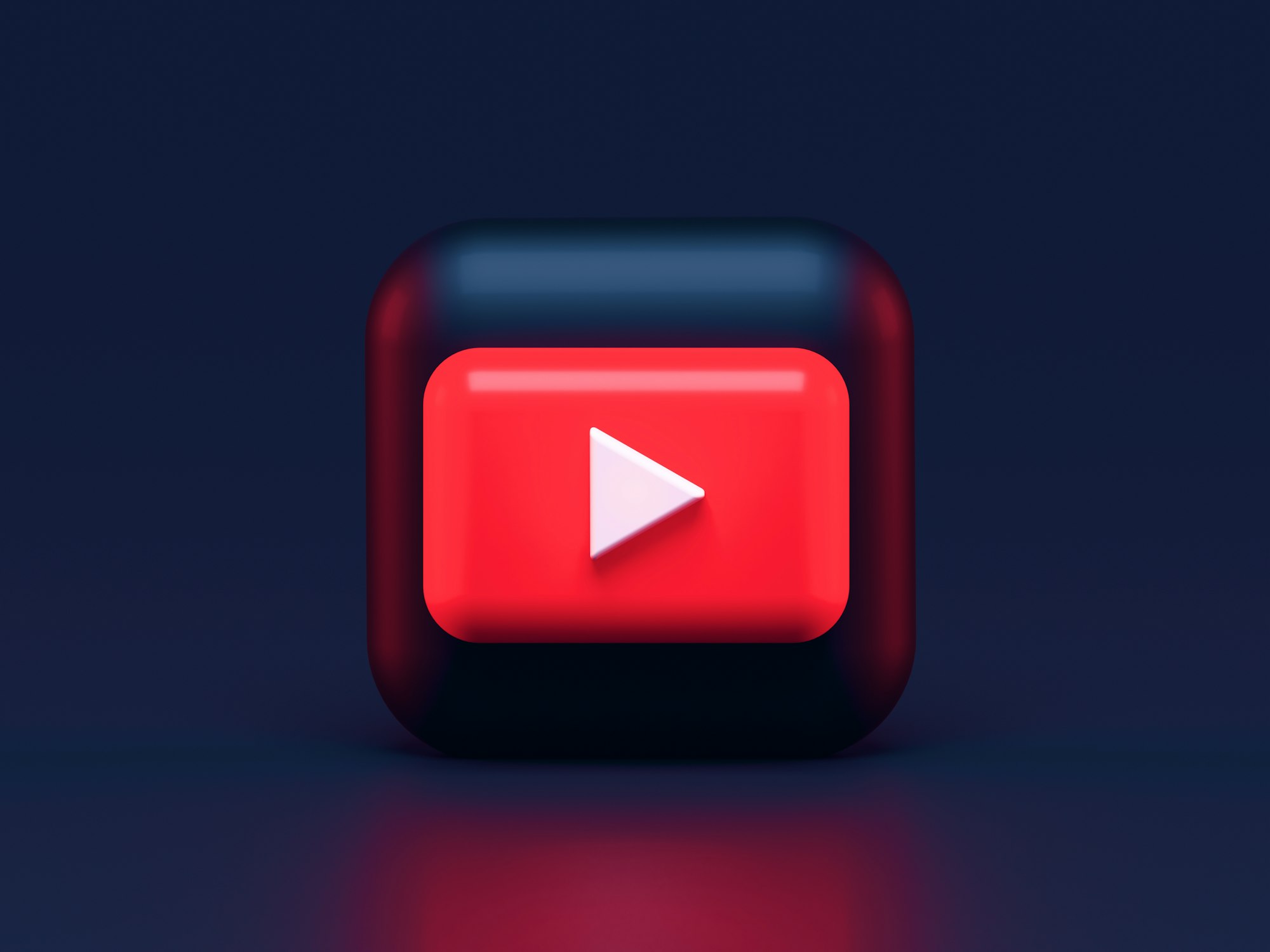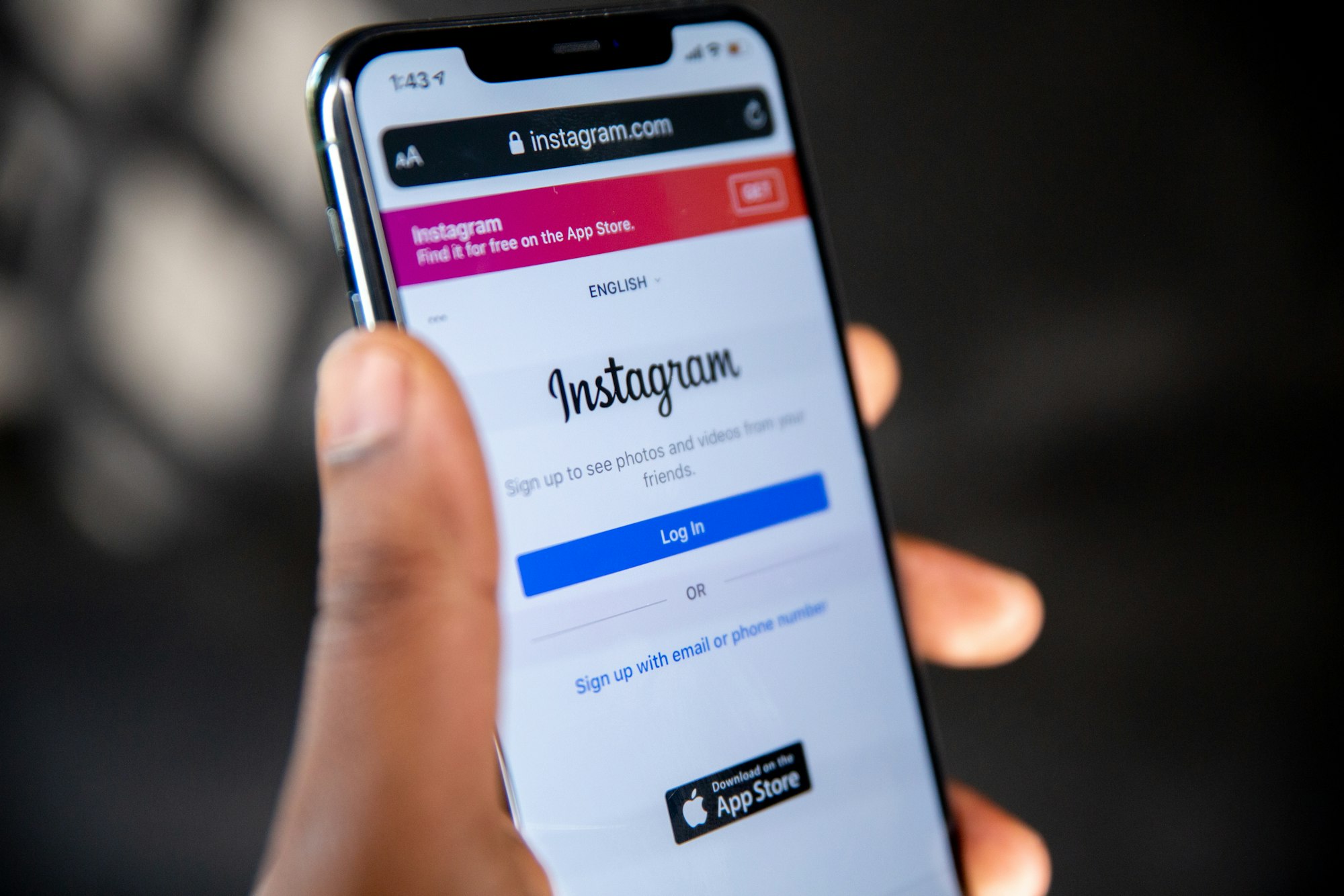Do you want to build a business in the creator economy? If so, consider these creator economy platforms.
Thanks to the rapid growth of the creator economy, it’s easier than ever for creators to express themselves through content, inspire fans, and get paid for being creative.
As of 2021, the creator economy is worth over $104.2 billion
The trick involves finding the right platform and content format. Then, you must turn up early and often with great content.
That said, the creator economy today is still primarily controlled by big tech platforms like YouTube, Instagram, and Facebook. Over the coming, years creators will be able to choose from decentralized platforms and even use non-fungible tokens or NFTs to connect with audiences. But we’re not there yet.
Until then, consider the below platforms like gatekeepers who hold the balance of power over smaller creators.
Table of Contents
1. YouTube

YouTube was founded in 2005 by Steve Chen, Chad Hurley, and Jawed Karim, all former Paypal employees before Google acquired it in 2006 for $1.65 billion.
YouTube has quickly become one of the most popular platforms for sharing videos worldwide, with over 300 million active users per month and more than 2 billion total views each day. The biggest YouTube earner is Ryan Kaji of Ryan ToysReview. He earned a whopping $29.5 million as of 2020. Mr. Beast is its second-biggest star. He’s earned over $24 million and claims over 50 million subscribers.
Here are some fun YouTube stats that’ll help you create more engaging content:
YouTube is the world’s second-biggest search engine after Google, implying creators should consider what people search for and not just what they want to create.
- The most popular videos range between 7-15 minutes in length, so aim for brevity rather than depth
- YouTube heavily rewards creators who upload video content every day, i.e., it’s a grind
2. Medium
Founded in 2012, Medium is a platform built for writers and readers of online content. Writers receive compensation for their work based on the number of minutes people spend reading Medium articles. Some popular writers on the platform include Darius Foroux, Shaunta Grimes, and Thomas Oppong.
I joined the Medium partner program in 2016. I’m also in a group with some writers who earn five figures a month from this platform. It’s a good choice for new writers without an audience, although the Medium algorithm changes a lot … as do the creators’ earnings.
If you’re going to use Medium, encourage readers to join an email list you own rather than relying solely on the platform to promote your work.
3. Quora
Quora is a popular question and answer platform that creators like Nicolas Cole have built a massive, engaged audience. Users post questions about everything from finance to personal development, while subject matter experts (and everyone else) answer.
Quora generates more ad revenue based on the number of times a question is viewed so that users can get paid. Quora is best for writers who are subject matter experts but don’t have a platform of their own … yet. Nicolas Cole, for example, answered lots of questions about his time as a bodybuilder and a top World of Warcraft player.
I’ve used Quora to research content ideas before turning them into longer articles. It’s also helpful in identifying low-hanging fruit and publishing SEO-optimized content on a site you own. That said, it’s getting harder for creators to achieve the same level of visibility on Quora since the platform monetized and built out its partner program.
4. Substack
Substack was founded in 2017 by Christ Best, Jairaj Sethi, and Hamish McKenzie, and its goal is to give creators an alternative to traditional blogging platforms. Basically, anyone can set up a Substack account for free, grow an audience of readers and then monetize through subscriptions. Substack then takes a cut of paid subscriptions.
Having experimented with Substack, I’ve found it easy to use. However, growing a newsletter audience is challenging and requires engaging with potential readers elsewhere online, like Twitter.
I interviewed some popular Substack newsletter writers like Luke O’Neill of Welcome to Hell World! Writers like Luke can build six-figure newsletter businesses using this platform. Luke told me about his formula:
I send [my newsletter] out two or three times a week, and one might be a reported feature from a scene of a political rally or something like that. One might be an interview with somebody who’s doing some good work in labor organizing or other leftist political spaces. And one might be memoiry type writing about my own life and mental health and things like that. And then, sometimes it might be all three stacked on top of each other, weaving back and forth into one another. And I don’t … probably certainly not the first person to try to mix all of those things into one thing, but it’s a little bit rare. And so for that reason, I guess I’m lucky that people have taken to it.
Substack has also signed exclusive deals with more prominent traditional names like Salman Rushdie, who is publishing his Sea of Stories for the platform.
I interviewed Hamish McKenzie, co-founder of Substack, and asked him how creators can use it to grow a profitable newsletter business.
Ghost is an excellent alternative to Substack, and it’s what I use to power this newsletter. It also works out cheaper if you’ve got a paid newsletter.
5. Twitter

Twitter was in decline until the rise of Donald Trump on social media. The platform also subtly altered its algorithm to improve the visibility of relevant content rather than emphasizing follower counts. Twitter is also enabling creators to tip each other using cryptocurrency like Bitcoin.
The platform is also rolling out support for non-fungible tokens whereby holders can verify they’re the official owner of an NFT and use it for a picture-for-profile. I interviewed Nicolas Cole about his transition from Quora to Twitter. He told me:
Now it’s a little bit harder to get 100,000 organic views on Quora. And that happens with every platform. Twitter is an interesting example where it’s not that the product is new but they do have a lot of new people working on the product and so Twitter, in the past year, looks nothing like, moves nothing like, is nothing like Twitter three years ago or five years ago.
It’s so much better at distributing interesting content, allowing people to engage in conversations with each other. It feels like a different product. So, all of a sudden now, I’m noticing my reach on Twitter is three times more than Quora or Medium is.
If you’re looking for an alternative to Twitter, consider Bitclout. It’s a similar type of microblogging service, except it’s decentralized. You can also create your own digital coin that followers can buy.
6. Patreon
Patreon was founded in 2013. It’s a popular platform for artists, musicians, and podcasters who want to ask fans for monetary support.
Some of the most popular Patreon accounts include Chapo Trap House, Flagrant 2, and Yagami Yato. Perhaps the most high-profile example is musician Amanda Palmer. She earns thousands of dollars from fans every time she creates “a thing.”
Some creators complain about asking their fans for monetary support. Perhaps that boils down to the cliche of the starving artist. Take a note from Ronny Krieger, general manager of Patreon for Europe. She told the Irish Times:
“There’s a huge misconception around Patreon and what it means – ‘I don’t like to ask for money’. You’re not asking for money – you’re talking about a lot of interesting and creative ideas and projects that you’ve going that will, in turn, get people to want to be part of it. You’re not begging for money – you’re offering a service.”
Indiegogo and Kickstarter offer similar services for creators.
7. Instagram

Instagram was founded in 2010 by Kevin Systrom and Mike Krieger. Facebook bought this creator economy platform in 2012 for $1 billion. At the time, many criticized the valuation of this deal. For example, Comedia Jon Stewart said back then:
“A billion dollars for Instagram. The only thing that’s worth that is something that instantly gets me a gram of cocaine.”
Today, it’s worth a reported $102 billion. Micro-influencers can earn money by negotiating deals with brands and companies and creating content promoting these wares. Some notable examples include Kylie Jenner (Kim Kardashian’s youngest daughter), Ariana Grande (singer), and Selena Gomez.
Instagram might be fun, but you’re still playing in Facebook or Meta’s pay-for-play wall-garden. Considering how Facebook killed the ability of small businesses to reach their customers without paying for ads, Instagram is a risky bet for creators and wannabe micro-influencers.
8. Snapchat
Snapchat was founded in 2011 by Evan Spiegel, Bobby Murphy, and Reggie Brown. On this platform, creators can share images and videos that delete after a certain amount of time. It’s also possible for people to post images and videos as a part of their stories.
There are plenty of ways people can make money through Snapchat. One of the best ways to do so is to generate a large following and make money through ads that are interspersed with images and videos. Some of the most popular Snapchat accounts include DJ Khaled, Sandra Lee, and Chrissy Tiegen.
9. OnlyFans
OnlyFans was founded in 2016. Even though the website is known for adult content, creators of all types use it to earn.
Their fans can access the content for a monthly subscription or a one-time tip. This is a flexible platform because it’s more liberal with the type of permissible content. One of the top creators on the platform is Bella Thorne. The adult Irish OnlyFans creator became a millionaire after creating content for the platform.
10. TikTok

TikTok was founded in 2016 by Byte Dance. TikTok underlines how creativity thrives under constraint. Videos range between 15-60 seconds in length.
Accounts with large followings can place ads on their videos, generating revenue through marketing. Some of the most popular Tik-Tok channels include Charli D’Amelio, Bella Poarch, and Loren Gray. Italian man Khaby Lame became a millionaire in just two years after creating dance content and memes on TikTok, without saying a word.
11. Twitch
Twitch was founded in 2011 by Emmett Shear. It’s built for live-streamers and gamers showcasing their skills. Streamers earn money after generating a large following, via advertisements and sponsorships.
Some popular twitch streamers include Ninja and Rubius. Ninja streams himself playing video games like Fortnite, Halo, and League of Legends, while Rubius streams games like Minecraft.
Discover is another popular community that gamers use to stream and connect. Lately, it’s been co-opted by the NFT community.
Best Creator Economy Platforms: The Final Word
These are a few of the top creator economy platforms available today. Pick one rather than trying to grow a following on all of them. It should align with your audience and your interests. That way, you can develop an online presence, connect with fans, and build a profitable creative business.
These platforms are fantastic because they enable liked-minded creators and fans to connect with each other. However, creators are subject to terms and algorithms set by the platform and its owners. So you’re still playing in someone else’s wall garden.
Web 3.0 will change that for creators. Non-fungible tokens or NFTs will power the future of the creator economy.
These tokens enable creators to build a relationship directly with fans or an audience. NFTs can serve as passes for virtual communities and a means of accessing exclusive content, interacting with, or supporting a creator. The use cases of NFTs are many for creators.
We’re not there yet, but the future is bright.

